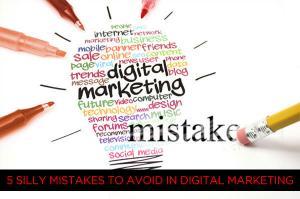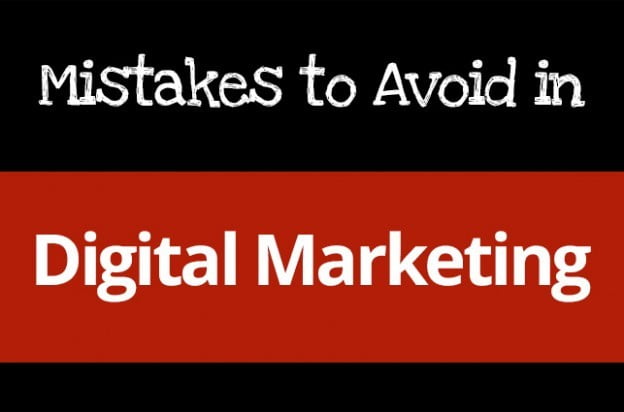 Creating a welcoming website is one of the first things that a business needs to look at when it comes to improving its online presence. One should see it as their own home or real-estate on the web. Just like any home, an effective website is clean, neat, organized and a place everyone wants to come and hang out for a while. Today I want to talk through some of the most common missteps we see brands making in their online marketing so you can evaluate your own brand, improve your strategy and get a better response. Here I am going to talk about what to do and what not to do for making a better presentation of your brand in the digital world. There are several common areas where we see brands struggle (regardless of their industry) and, worse yet, these are areas where they get taken advantage of — all while paying a significant marketing retainer each month.
Creating a welcoming website is one of the first things that a business needs to look at when it comes to improving its online presence. One should see it as their own home or real-estate on the web. Just like any home, an effective website is clean, neat, organized and a place everyone wants to come and hang out for a while. Today I want to talk through some of the most common missteps we see brands making in their online marketing so you can evaluate your own brand, improve your strategy and get a better response. Here I am going to talk about what to do and what not to do for making a better presentation of your brand in the digital world. There are several common areas where we see brands struggle (regardless of their industry) and, worse yet, these are areas where they get taken advantage of — all while paying a significant marketing retainer each month.
Here are some common mistakes that we can see these days:
 The website without proper SEO [Search Engine Optimization]
The website without proper SEO [Search Engine Optimization]
No matter how beautiful you design your website, but if it isn’t optimized for the search engines (Google, Bing, Yahoo, Safari) your website is useless. No matter how eye-catching your website is but if it is not displayed on the first page of your search engine result. It is a total waste of time and money if your website is not visible to your target audience. In a survey, it has been found over a ratio of 85% of the surfers in web don’t visit the second result page of a search engine. So I guess I have made my point loud and clear that how important SEO (Search Engine Optimization) can be for your business.
No proper optimization of the website for smartphones
According to the latest Pew research, more than 90% of adults have cell phones and nearly 60% have smartphones. So if your website is not optimized for mobiles then there is a problem. Work with a consultant or agency that can quickly move your company website to mobile without charging an exorbitant fee. A cell phone is something that a person access most of the time. A person may not have access to a computer or laptop all the time but on the other hand, no one can live for an hour without smartphones. So it is quite important for a website to be optimized for mobiles.
 Lack of Google Analytics analysis
Lack of Google Analytics analysis
It is important to keep a track of your website’s traffic and traffic referrals. Without Google Analytics, a measurement tool, you can’t track who is visiting your site, what they do while there, when and where they click, how long they stay on your site or how your other marketing tactics like PR and social media are impacting those metrics. That’s just the tip of the iceberg. Set up your analytics today. This will help you to know more about the activities of the traffic of your websites. It will eventually help you to improve the ranking of your website. You will know more about the audience of your website. What is the section of your highest traffic and lowest traffic? These results will help you to improve your website’s content.
No proper lead capturing or funneling from your traffic
Even if you have great website content, if there is not a clear CTA (call-to-action) with a way to capture prospective customers’ basic information, a major mistake is taking place. At the very least, your website should have a “Contact Us†form and a way to capture leads that’s less committal. Meaning, have an email opt-in, white paper download or incentive for visitors to provide you with their name and email address so you can move them into your sales funnel. Or you may have a “subscribe†option for an e-newsletter, this will help you to keep in touch with your target audience. Emails once or twice a week can have a great impact on your visitors. Your customer retention ratio will improve definitely.
 Irrelevant Content
Irrelevant Content
Sometimes the content you share may not be relevant to the context or your profile. It doesn’t create a very good impression. People should create relevant content as per your context.  You must not forget the core value and the purpose. Irrelevant content can create a misconception about your business. Focus on writing relevant content. This can be a monthly e-newsletter, weekly or even daily — frequency and content will depend on your product or service and target audience preference. Work with your marketing partner to outline this tactic.


